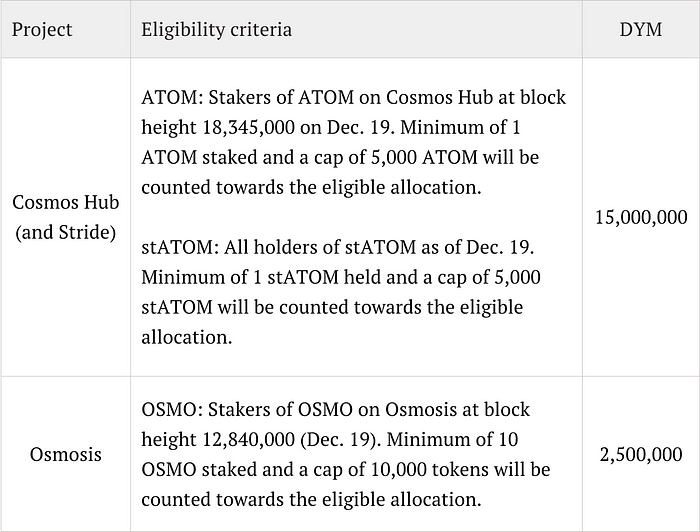To pay for transaction fees, the sidechain will employ wADA (wrapped ADA).
Important Points to Remember
- To integrate Cardano and Ethereum, dcSpark is developing Milkomeda, a sidechain.
- To pay for transaction fees, the sidechain will employ wrapped Cardano (wADA) as the native asset.
- More sidechains connecting Cardano to Solana and other Layer 1 networks are planned by dcSpark.
Cardano may have its own sidechain for Ethereum compatibility soon. Cardano's First Sidechain is Built by dcSpark, Milkomeda, a sidechain developed by dcSpark, dcSpark, has announced the development of a sidechain called Milkomeda (M1). The bridge network will connect Cardano with the Ethereum network, allowing wrapped Cardano assets to be ported to the Ethereum ecosystem.
According to the dcSpark team, the virtual machine will be deployed by connecting to Cardano and paying transaction fees with wrapped Cardano (ADA).
Cardano founder Charles Hoskinson commented on the development, saying that "sidechains are a key component of [Cardano's] strategy," and that Milkomeda was a "useful contribution to the Cardano ecosystem."
dcSpark claims to have invented a new technique called "wrapped smart contracts" for this application. This functionality enables organizations to implement EVM-compatible smart contracts on the sidechain without first migrating native Cardano smart contracts to the sidechain.
Cardano and dcSpark are tightly linked. The project's creators formerly worked with EMURGO, Cardano's blockchain accelerator and development arm. According to the dcSpark team, the aim for developing a sidechain on Cardano is to enable Ethereum compatible contracts, not to scale the network.
The Ethereum Virtual Machine, a software environment for performing transactions on the Ethereum blockchain, is not natively compatible with the Cardano network. Rather than using an account-based mechanism like Ethereum, Cardano uses an extended UTXO to settle transactions.
The dcSpark team also stated that more sidechains are on the way to connect Cardano to other Layer 1 networks like Solana and establish compatibility between the various sidechain implementations, according to their roadmap.
The company was "happy to be a part of bootstrapping Cardano's sidechain era as a first step for Milkomeda," according to dcSpark CEO Nico Arqueros, who added that the team was "pushing the notion of multi-VM blockchain ecosystems."
Despite the fact that many crypto dApps have expanded to several blockchains, most Layer 1 networks lack the same level of popularity and liquidity as the Ethereum ecosystem.
Ethereum is the most popular smart contract platform and has established itself as the foundation for the DeFi and NFT industries. As a result, numerous competing Layer 1s have attempted to provide some level of interoperability with Ethereum via sidechains or separate networks.









No comments:
Post a Comment
Note: only a member of this blog may post a comment.